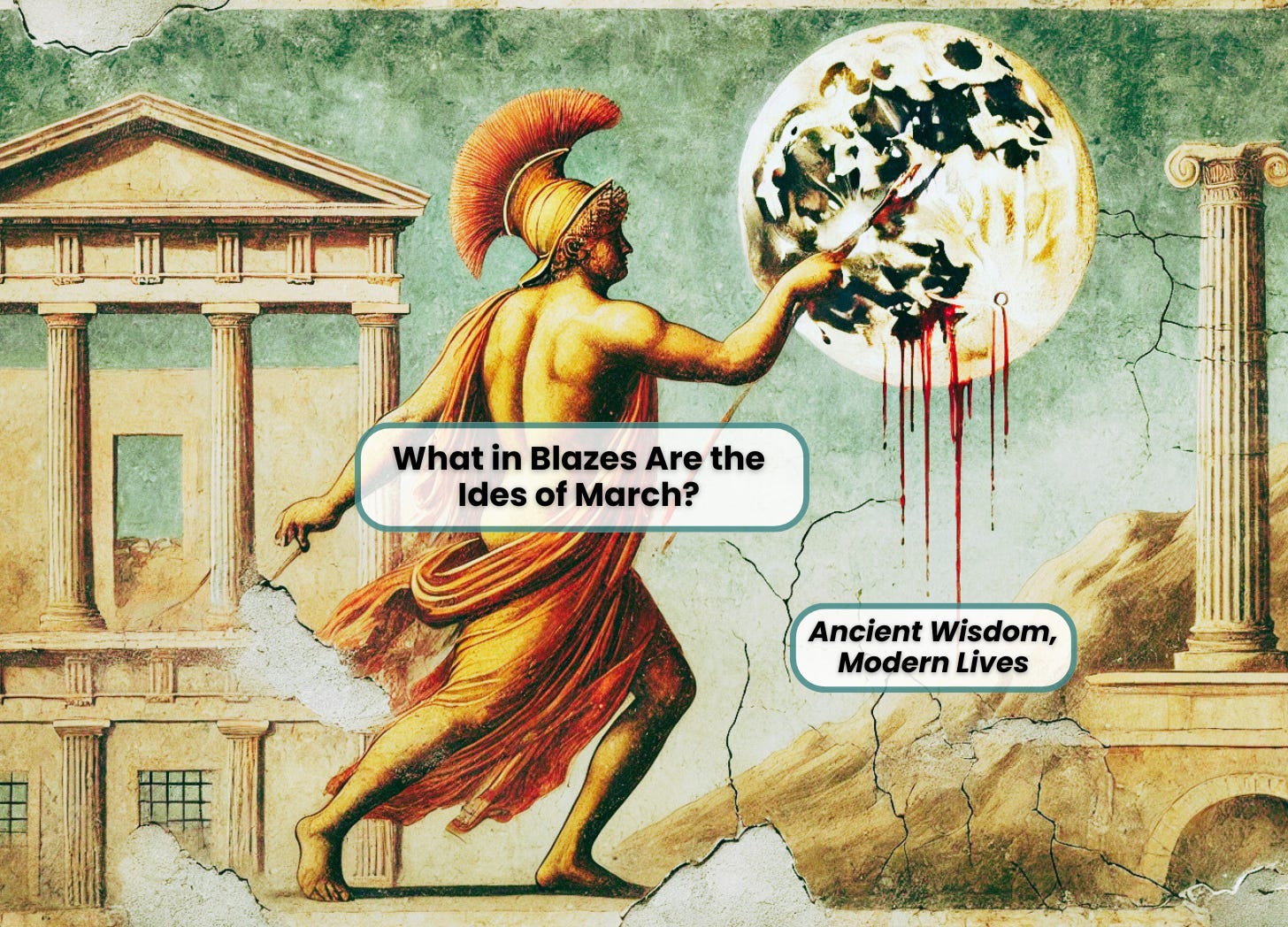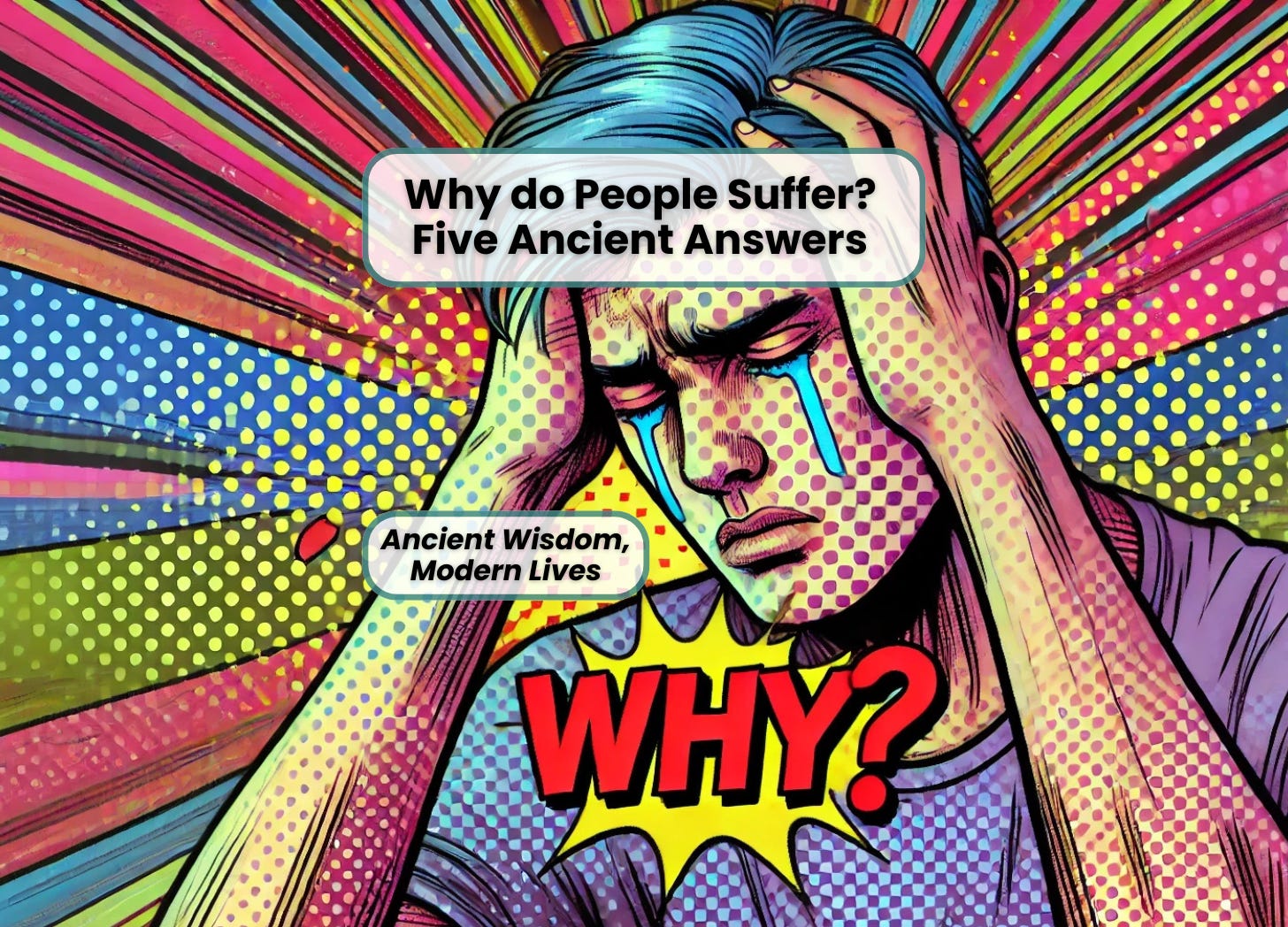Q&A: The Stiff Burning Neck of Proverbs 29:1
These questions about Proverbs 29:1 come in via the About page:
1. Is it possible that this verse refers to, or alludes to, a broken neck (spinal column), with no possibility of mending (except, in modern times, T-cells)?
2. What is with the references to “reprover” and “fire” in the LXX?
The verse is (NRSV): “One who is often reproved, yet remains stubborn, will suddenly be broken beyond healing.”
The Neck
Regarding the first question, I’d hate to say that it’s impossible that this is a broken neck, but I don’t think it’s very likely. The phrase “neck-hard” or “hard of neck” (k’she oref) that we find in Proverbs 29:1 is a common one, and it seems to refer to stubbornness. We find it applied to the people Israel in Exodus (32:9, 33:3, 33:5, and 34:9) and in Deuteronomy (9:6 and 9:13). It seems to be a negative trait that can describe a group. Furthermore, it’s not the neck that breaks in Proverbs 29:1, but the person who has it.
I’m not sure how we’d know if an idiom were used literally. (It would be like “he kicked the bucket” meaning someone who literally gave the bucket a kick.) But because we have no evidence to point to a literal meaning, I think the idiomatic one is our best guess.
I no longer actively write this blog, but you can find me at Ancient Wisdom, Modern Lives
Subscribe Now I'd love to see you there!The final word, marpei, is common in Proverbs. Some things have no marpei, as here, and as in Proverbs 6:15 (and Jeremiah 14:19). Other times, something can bring marpei: in Proverbs 12:18, it’s the tongue of the wise.
Proverbs 29:1 promises no marpei for the stubborn who are broken. That’s where “beyond healing” (NRSV) comes from. But I think the phrasing in the NRSV (and others) is off. It’s not, “…will be broken beyond repair,” but rather “…will be broken; [the situation] will be beyond repair.”
The Fire
The LXX’s flegomenou (“set on fire”) is surprising.
Often when the LXX differs significantly from the Hebrew, it’s because the LXX reflects a different interpretation of the Hebrew — usually a different way of adding vowels to the consonantal text — or actually a different (sometimes erroneous) Hebrew text. Frequently, the alternative text that gave us the variations in the LXX involves one or more Hebrew letters having been copied incorrectly. For example, we often find a vav (long line) for a yud (short line), which is manifested in sound as an /o/ or /u/ for an /i/ or /ei/; sometimes we see swapped or missing letters.
In the case of “better than a stiff-necked man” (Brenton LXX translation), it seems that the LXX translators took makshei oref and read it as mikshei oref. The latter phrase means “than a stiff necked person.” From there, maybe someone added “better.” The details of the Hebrew grammar here are complicated, and ultimately this case isn’t all that interesting.
But the “fire” is very interesting. There’s no Hebrew word in Proverbs 29:1 that — even with letter changes — seems to have to do with “fire.” But — and this is the fun part — Proverbs 6:15 ends with the same four words as Proverbs 29:1. And in Proverbs 6:15, we find the somewhat rare Hebrew word eid, which (probably) means something like “disaster.”
However, make the middle yud of eid into a vav and you get oud, “firebrand!”
So I think the LXX’s “fire” comes not from Proverbs 29:1 but from (a misreading of) the similar Proverbs 6:15.
Great question.
Bible Bible translation LXX Proverbs 29:1 Proverbs 6:15 translation






One Response
Thanks.
I’m thrilled with the insight into the “fire” issue.
I’m more tepid about the other, and here’s why…
While MARPEI *can* refer to a generic “remedy,” it also seems to have strong “curative” and “healing” usage as well. I can’t seem to look at this verse without visualizing the neck breaking:
YLT
Pro 29:1 A man often reproved, hardening the neck, Is suddenly broken, and there is no healing.
I guess that what can be said with certainty is that the author’s intent cannot be determined, but that an allusion to a broken neck certainly fits, even if it was all originally intended as an abstraction.
Do you have any comment on the “man of reproofs” idiom?
Thanks.